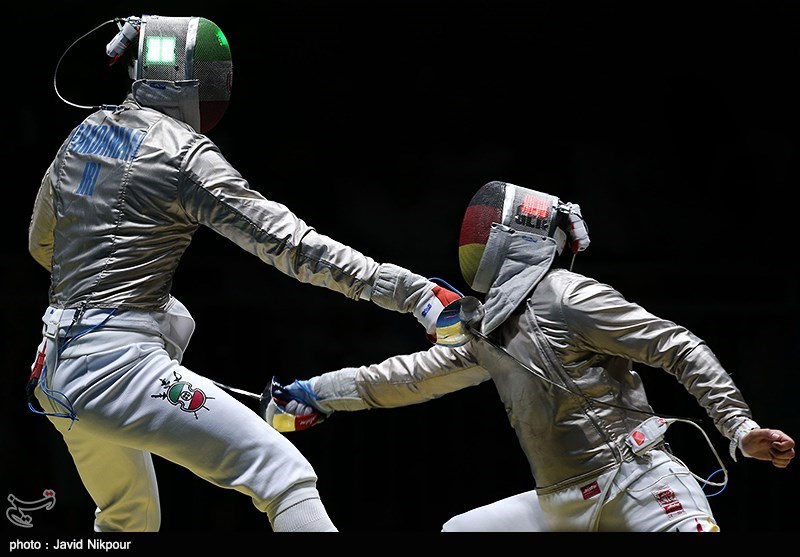 If you are an Indian sports enthusiast and still, you have not heard of Bhavani Devi, it is no surprise. International sabre fencer Bhavani Devi was the first Indian to qualify for the Olympics in that discipline. The reason for many of us not knowing about her is that fencing is not a popular sport in India (and that, at the same time, makes her achievement all the more commendable).
If you are an Indian sports enthusiast and still, you have not heard of Bhavani Devi, it is no surprise. International sabre fencer Bhavani Devi was the first Indian to qualify for the Olympics in that discipline. The reason for many of us not knowing about her is that fencing is not a popular sport in India (and that, at the same time, makes her achievement all the more commendable).
So, what is fencing? Fencing is a combat sport and is a form of recreational swordplay. It is one of the disciplines that has featured in all the modern Olympic games, which started in 1896, in Athens, Greece. Within fencing, there are three different types of swords used – foil, épée, and sabre. One scores a point in a fencing competition by making contact with the opponent with one’s sword. As can be imagined, competitive fencing can be lightning fast and human judges may find it difficult to discern if a contact was made or not. Thus, there have been attempts to automate it for a long time.
The electric scoring system for fencing formerly consisted of a bunch of wire running from each fencer to a spool that reeled the wire in from the fencer when the fencer moved backward and fed the wire out when the fencer moves forward. The wires are connected to detectors and displays. The weapon is connected to the wire, which ran through the sleeve of the fencer. The strip on which the fencing competition takes place (called piste) is covered with an electrically conductive mesh which forms a part of the circuit. For foil and sabre, the body wire and the strip and weapon form a normally closed circuit which is broken when the weapon touches the opponent or the strip. For the épée a normally open circuit is established which is closed when the weapon touches the opponent. These changes of state are indicated with lights that inform an official supervising the bout. The official is called a director. Based on various rules governing the bouts, the director awards points and declares the winner at the end. The rules of the game and actual functioning of the equipment are beyond the scope of this article. However, you may read about them all here: https://en.wikipedia.org/wiki/Fencing and here: https://entertainment.howstuffworks.com/fencing-equipment.htm#pt6.
However, the wire being reeled in reeled out was cumbersome and restricted the movement of the fencer. A wireless device would be most welcome. A patent (https://tinyurl.com/2p8xnp2v) for such a system was obtained as far back as 1959. However, a wireless system was introduced for the first time in Olympics only in 2000, in Athens, Greece. But, it was only for Sabre. Such systems were first used for foil and épée in 2004 Olympics at Beijing, China.
The safety of fencers is ensured with jackets incorporating Kevlar. (Please see https://tinyurl.com/268ubsmw) They are also wired to accommodate the wireless scoring technology. Further, during a bout of fencing, the fencers, who wear protective helmets and masks, find it difficult to see if they or the opponent has scored. Hence, later innovations related to the wireless scoring have been adopted into the fencers’ helmets also such that LEDs light up inside the helmets. Such technology is patented too and here is an example – https://tinyurl.com/yuvsesza. This helps the spectators follow a bout more closely as well.
The sport of fencing is claimed to be one in which the movement of the tip of the sword is the second fastest moving object in sport – next only to a bullet in the discipline of shooting. As can be imagined, this makes it impossible for the spectators to see how exactly a point was scored. To improve spectator engagement, high speed video cameras and large displays that showed slow motion replays were employed in many recent competitions. Hence, it is expected that Fencing is going to be one of the most technology assisted disciplines in sport! For more on this, please see here: https://tinyurl.com/2k4dncdj.
(touché (interjection) tou·ché tü-ˈshā – used to acknowledge a hit in fencing or the success or appropriateness of an argument, an accusation, or a witty point)



